First Stop: Pukara
Pukara, which means fortress of spirit ,was a pre-Incan community from 300 BC. They were among the first civilizations to build the 3 level stepped pyramids that are common in Inca culture. According to our guides, this is what the steps mean:
| Levels 1 2 3 | World Heaven Earth Underworld | Totem Condor Puma Snake | Affirmations I Love I Work I Live | Rules Don't be lazy Don't steal Don't lie |
Sacrifice & Cannibalism in Pukara:
They had many different gods - most with very long names I can't remember. One god that was very important was Pachamama or Mother Earth, often represented by the moon. The people of Pukara regularly made animal or human sacrifices to Pachamama. They usually sacrificed their best alpaca, llama or the most beautiful maiden in the village. This was their way of thanking the Mother Earth. They also thought that by sacrificing only the best animals and most beautiful maidens they would please Pachamama and she would bring them good weather and harvest in return.
The people of Pukara were cannibals. They would eat their enemies because they thought it would make them stronger and give them more power. We saw many ancient statues depicting the executioner holding a knife in one hand behind his back and the enemy's head in the other hand, in front of his body.
Astronomy:
The people of Pukara also used a bowl of water as a mirror to map out the stars in stone. We saw a typical bowl they used for astronomy as well as some of the early carvings of the stars. They used these carvings as maps to help them find their way to different parts of the sacred valley. The Incas adopted this method, and we learned later at Machu Picchu how important astronomy was to this culture.
Pottery:
These people were excellent potters. In fact, we saw many original pieces still in tact and they were quite beautiful. These people would make clay llamas - one male and one female - and place them on top of their roofs for good luck. When the Spanish conquered this land, they introduced bulls to the natives and soon the clay llamas became clay bulls. Now you can see 2 clay bulls on top of most homes in the Cusco region.
Aside from the art, this church is interesting because you can see how the Jesuits incorporated the traditional Inca religious symbols into the Catholic church to make it easier for the natives to convert. Here are a couple examples:
The church was build over an Inca temple and the floors are the original floors of the Inca temple. This is very common in Peru. When the Spanish came they burned down the native temples and erected churches in their own style to replace them.
In this church they have a giant gold sun hanging above the altar and they also have an Inca cross on the ceiling of the church. A sun is not something ou normally see in a Catholic church and you definitely don't see Inca crosses! However the Jesuits were clever, and knew how important these symbols were to the natives so instead of denying them familiar symbols, they incorporated them into their religious practice.
This church is not far from Cusco so many people come here to get married.


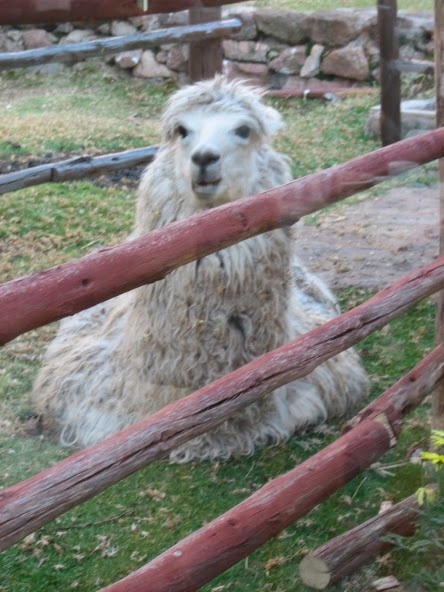
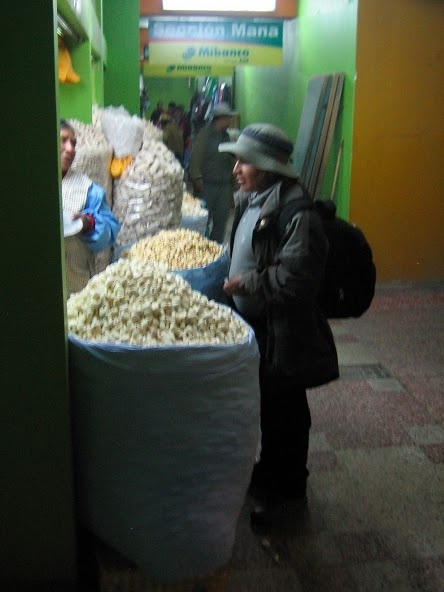
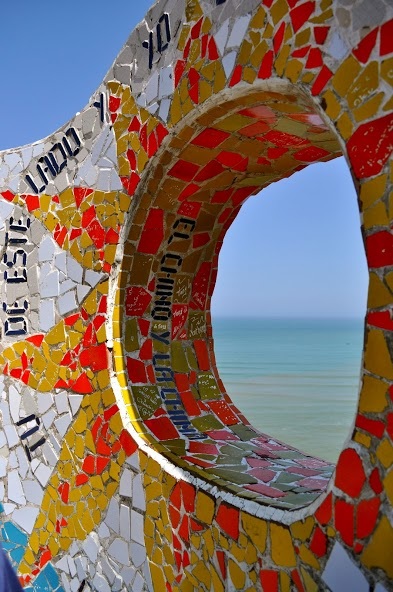
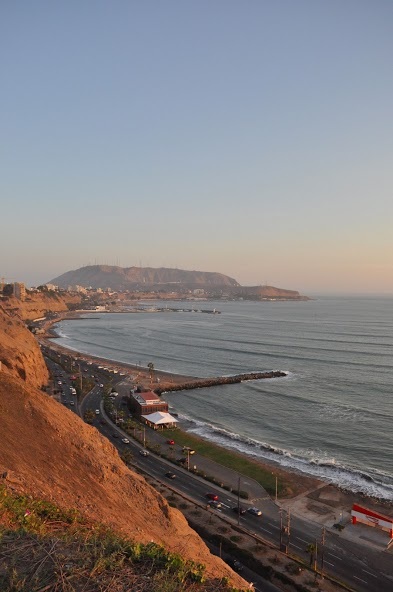
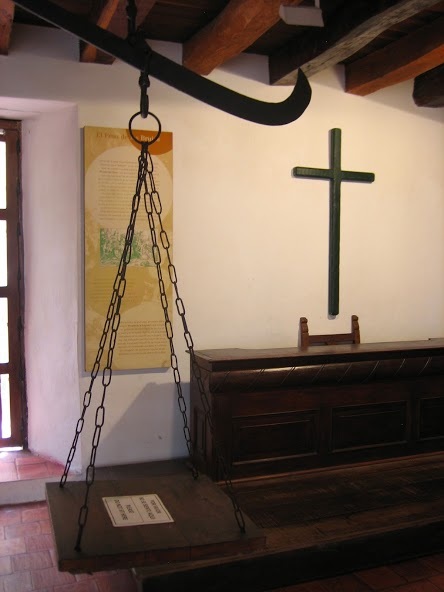
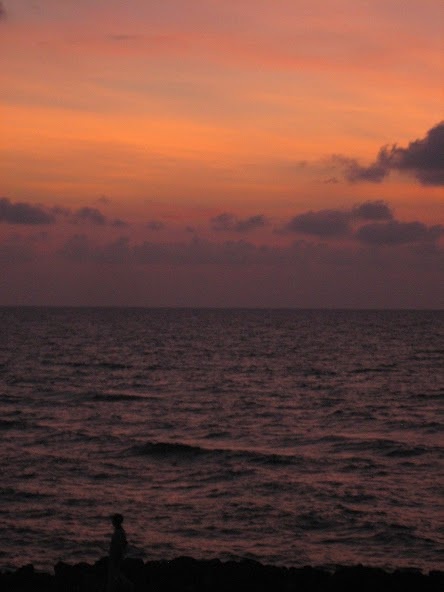
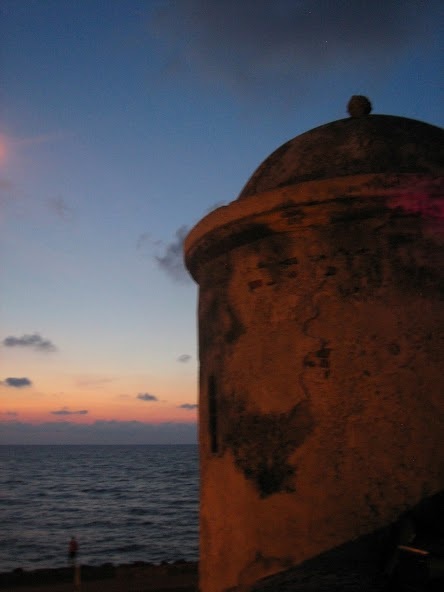
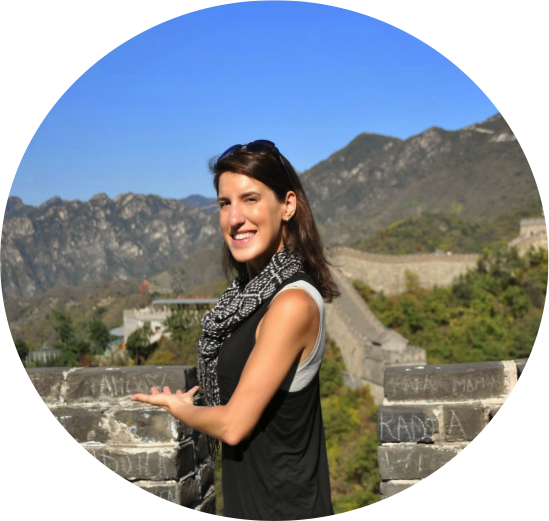

 RSS Feed
RSS Feed
